The Evolution of the F1 Car
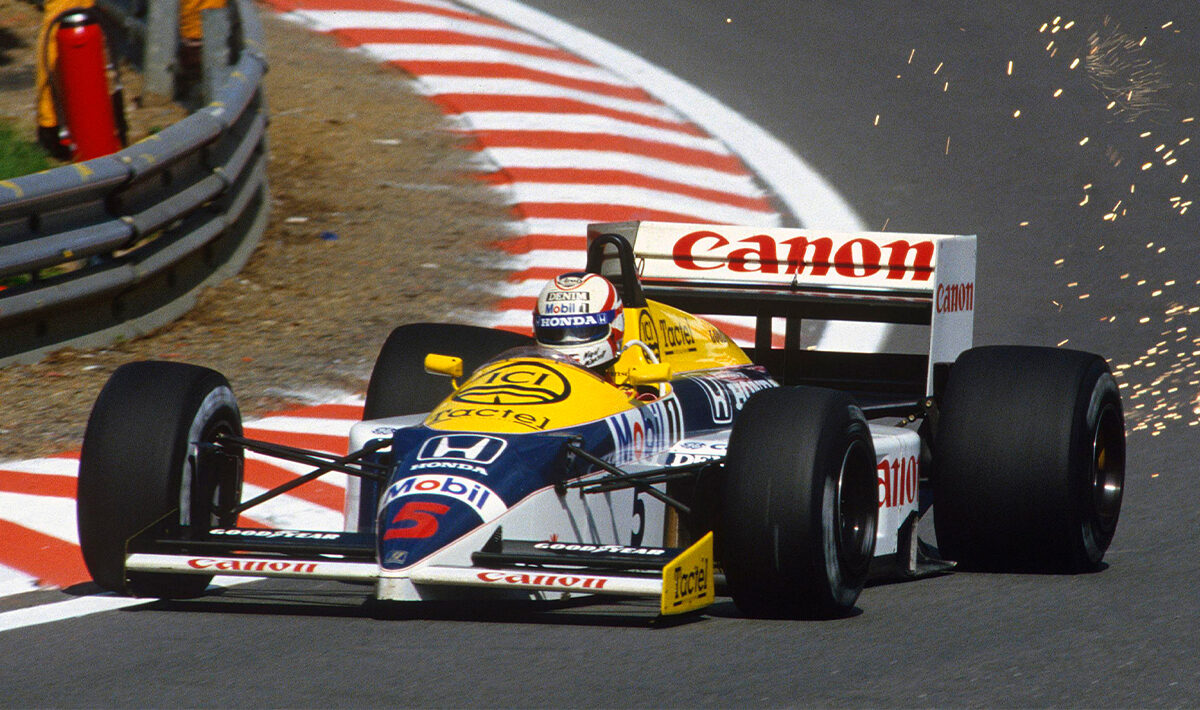
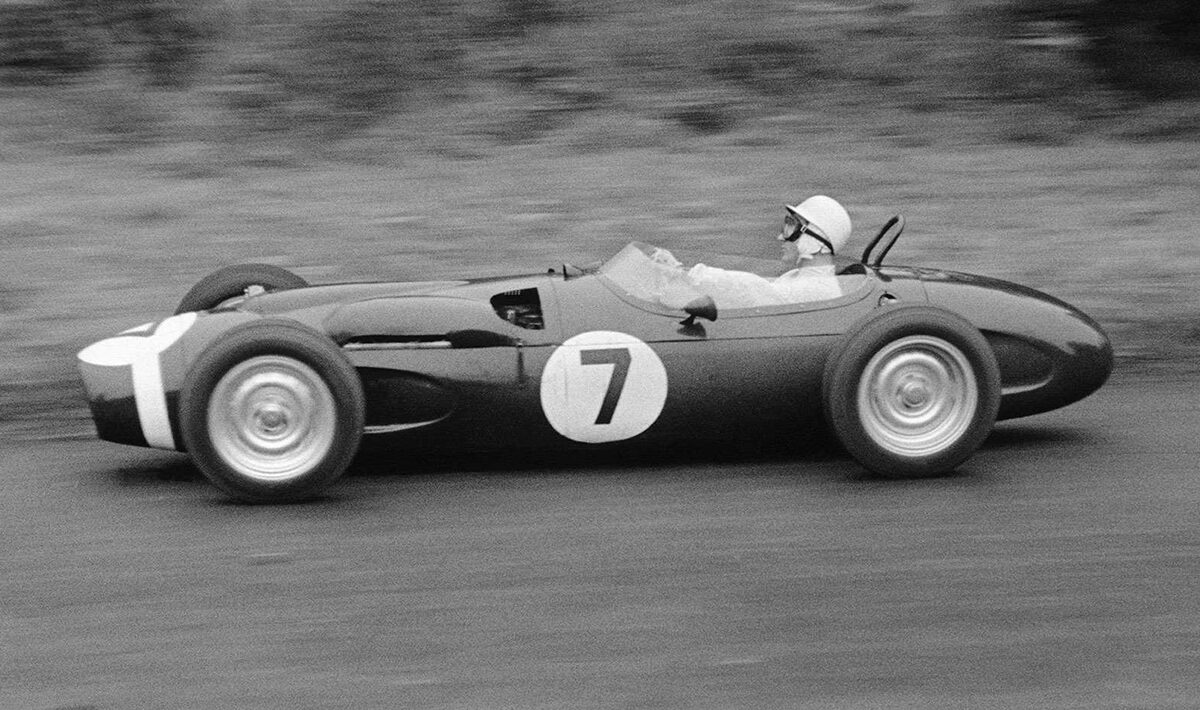
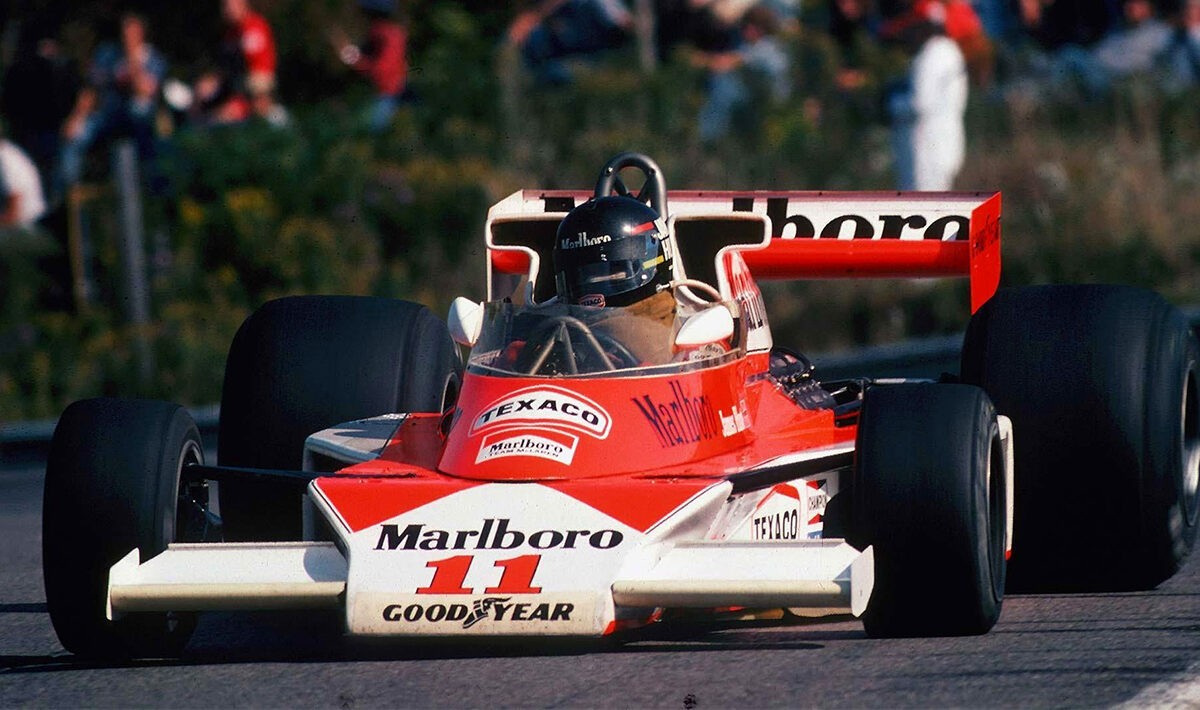
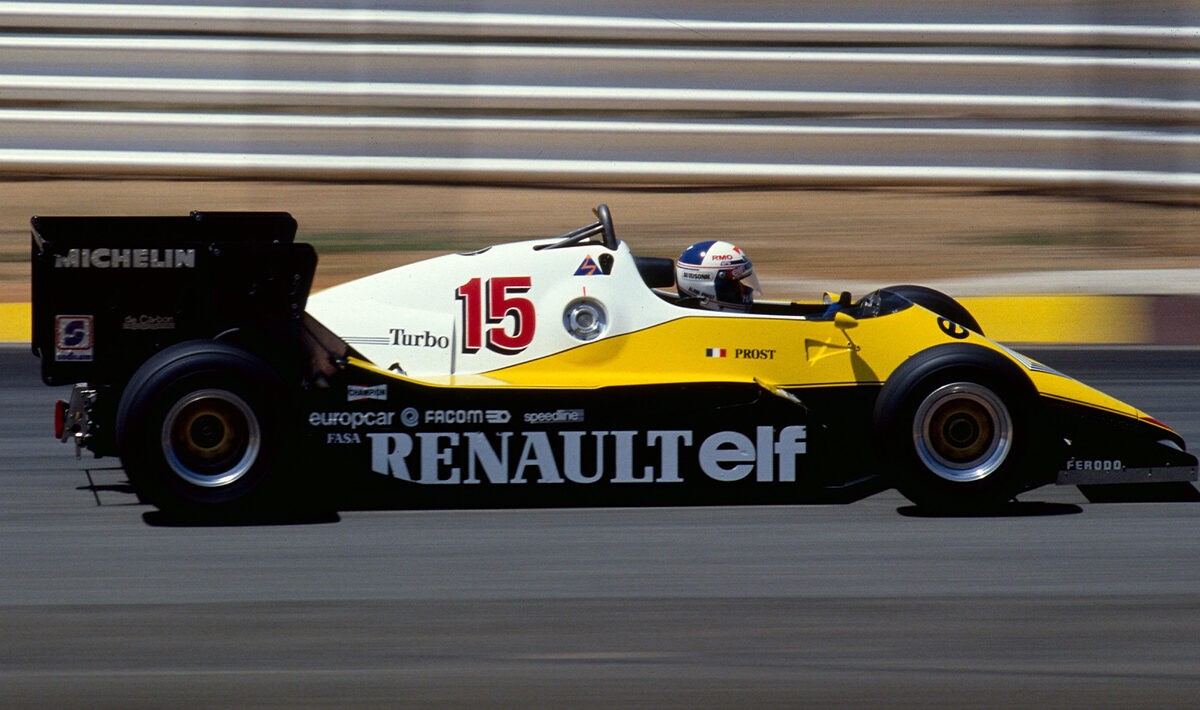
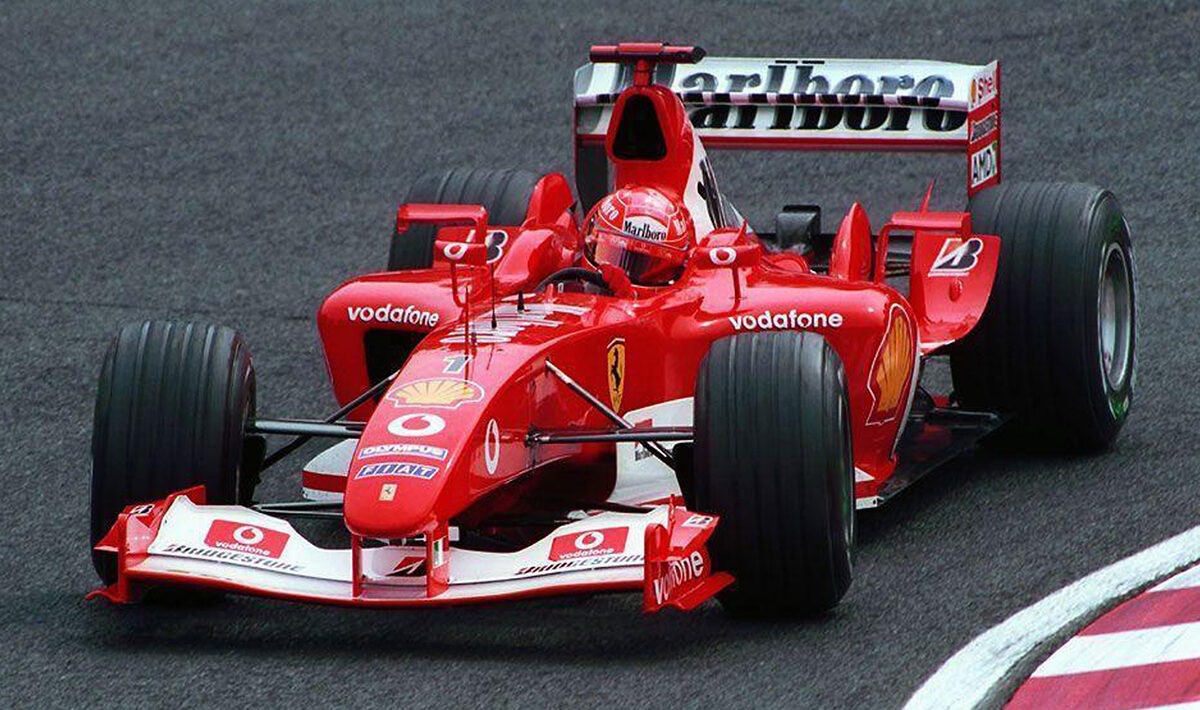
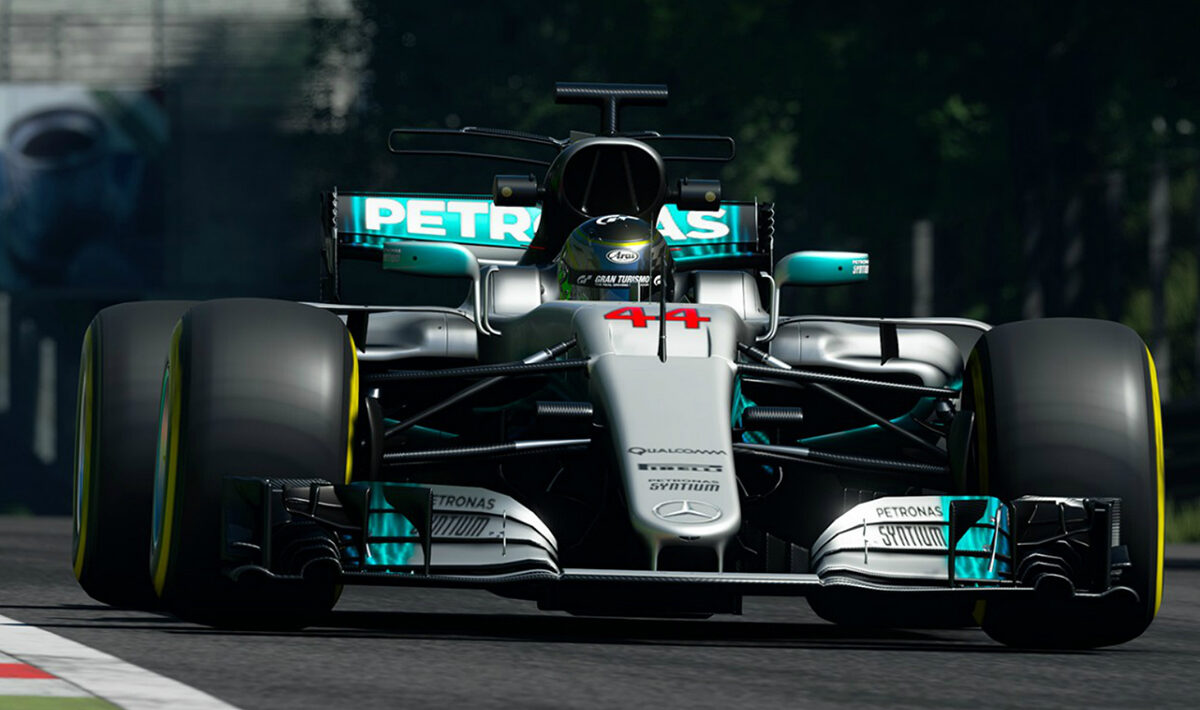
In the high-octane world of motorsport, Formula 1 stands as the pinnacle of human engineering and driving prowess. From its inception in the 1950s to the modern-day, the Formula 1 car has undergone a dramatic evolution, transforming from a relatively simple machine to a mind-bending blend of cutting-edge technology, raw power, and aerodynamic wizardry. In this journey through time, we’ll unravel the remarkable story of how the F1 car has evolved, leaving no skid mark unexamined.
The Pioneering Era: The 1950s and 1960s
The birth of Formula 1 marked a transition from the post-war austerity to the audacious spirit of the ’50s. These early F1 cars were a far cry from today’s technological marvels. They were essentially modified road cars with open cockpits, spindly tires, and a touch of nostalgia in their design. Engines were loud, thirsty, and not particularly reliable, but they roared with a fierce determination.
During this era, drivers like Juan Manuel Fangio and Stirling Moss navigated treacherous circuits, often devoid of modern safety features. They displayed unparalleled courage and skill, mastering cars that were as unpredictable as they were powerful. The championship was a test of endurance as much as speed, with the F1 cars of this time bearing witness to both triumph and tragedy.
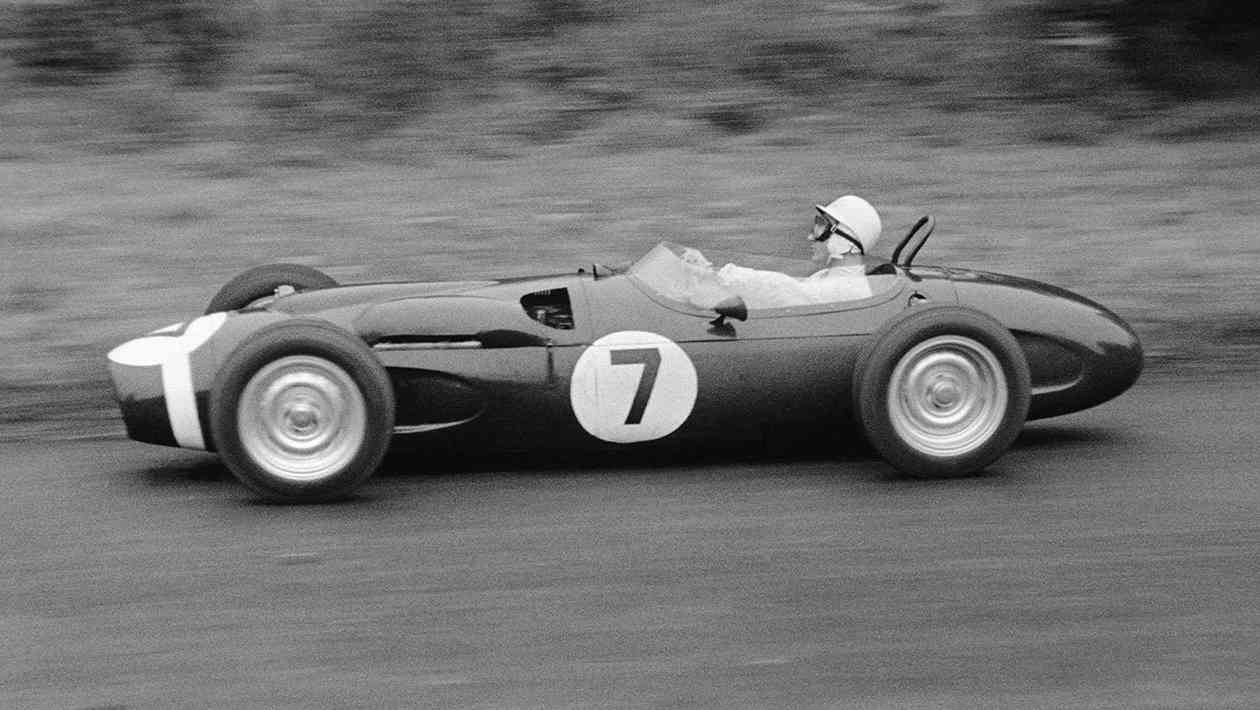
The Ground Effect Revolution: The 1970s
The ’70s ushered in the era of ground effect, a revolutionary concept that harnessed the power of aerodynamics to glue the car to the track. Innovations like the Venturi tunnels and sleeker bodywork gave F1 cars unprecedented grip, drastically improving cornering speeds. Legendary drivers like Niki Lauda and James Hunt were at the forefront of this era, showcasing their skill in mastering these newfound forces.
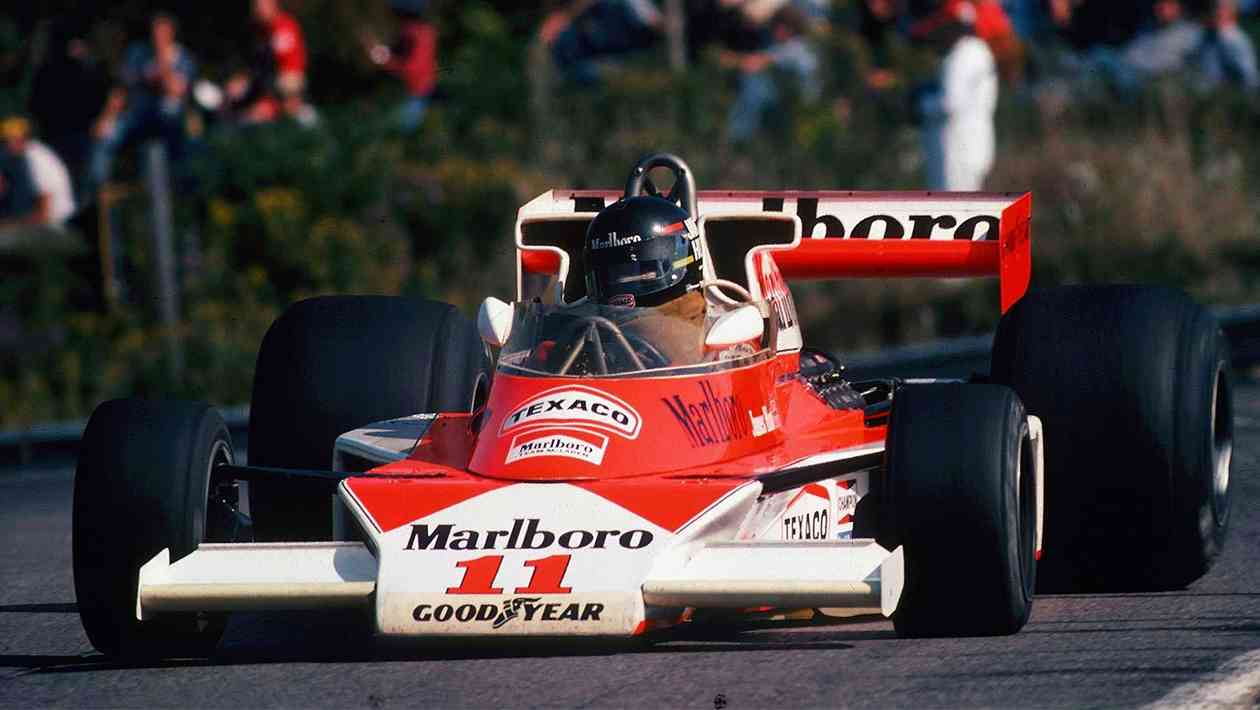
The cars of the ’70s were a beautiful blend of form and function, adorned with bold liveries that became iconic in their own right.
The Turbocharged Blitz: The 1980s
The ’80s were marked by the dominance of turbocharged engines, with iconic cars like the McLaren MP4/4 and the Ferrari F1/87 becoming legends of the sport. The deafening wail of the turbocharged engines and the blinding speed at which they could propel a car down the straightaways left spectators in awe. This era also saw the widespread use of carbon fibre in chassis construction, reducing weight and improving safety.
Turbocharged cars were notorious for their ferocious power delivery, requiring a delicate touch from the drivers. The battles between titans like Ayrton Senna and Alain Prost added a layer of drama to the spectacle. The ’80s were a period of intense innovation and rivalry that left an indelible mark on the history of F1.
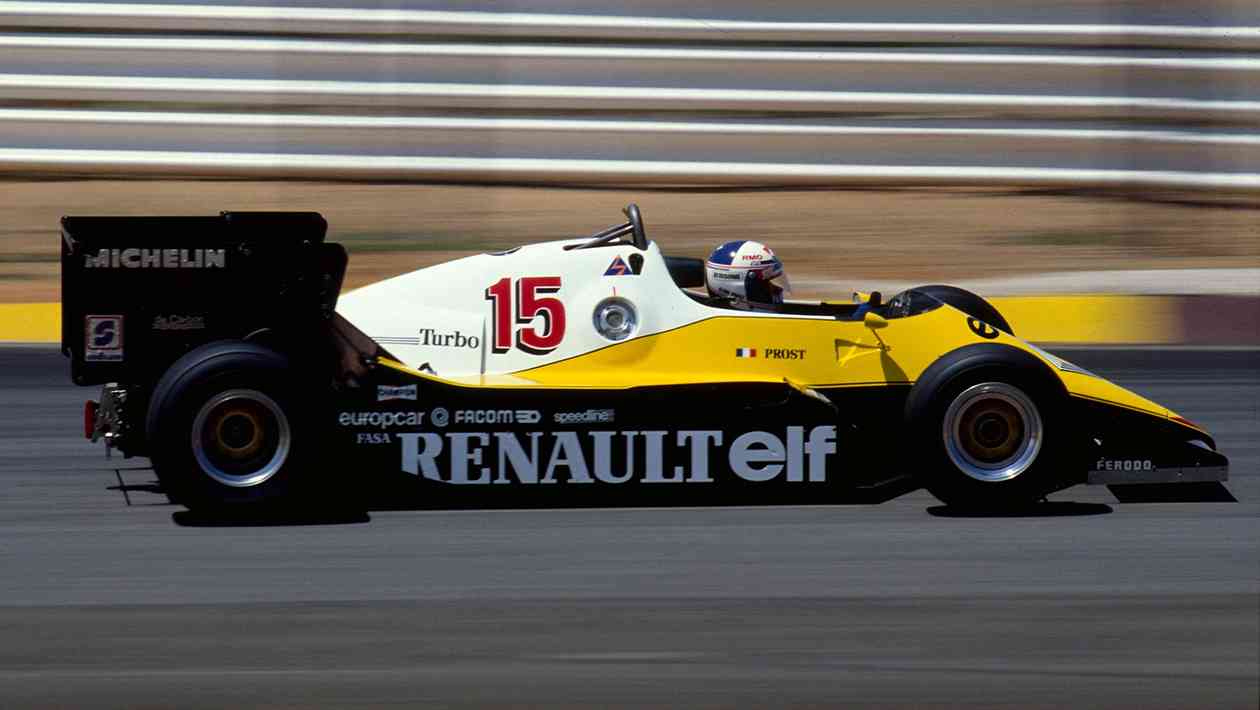
The Technological Renaissance: The 1990s
The 1990s brought Formula 1 into the digital age. Electronic driver aids, like traction control and semi-automatic gearboxes, became the norm. The Williams FW14B, driven by Nigel Mansell, showcased the potential of active suspension, which adapted to the track conditions in real-time. Computers were now as crucial as wrenches in the garage.
This decade also witnessed the emergence of the great Michael Schumacher, whose precision and consistency set new standards in the sport. The cars of the ’90s were teeming with sensors and advanced telemetry systems, allowing teams to fine-tune their strategies in real-time during races.
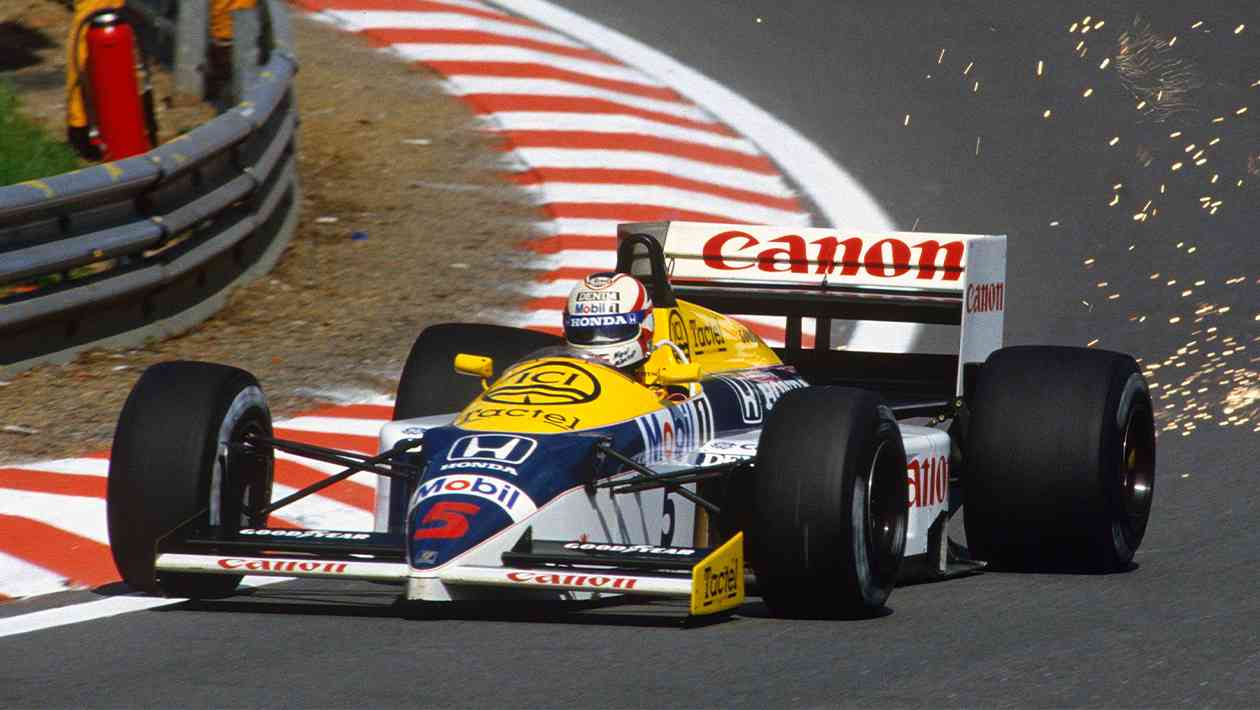
The Aerodynamic Arms Race: The 2000s and 2010s
The turn of the millennium witnessed an unprecedented focus on aerodynamics. F1 cars were now sculpted with computational fluid dynamics (CFD) and wind tunnel testing. The “Halo” head protection system was introduced for driver safety, and hybrid power units were incorporated, making F1 cars not only faster but also more energy-efficient.
The rivalry between Ferrari and McLaren defined this era, with drivers like Michael Schumacher and Lewis Hamilton etching their names into the annals of F1 history. The cars of this era were marvels of engineering, featuring intricate front wings, diffusers, and rear wings to optimize downforce.
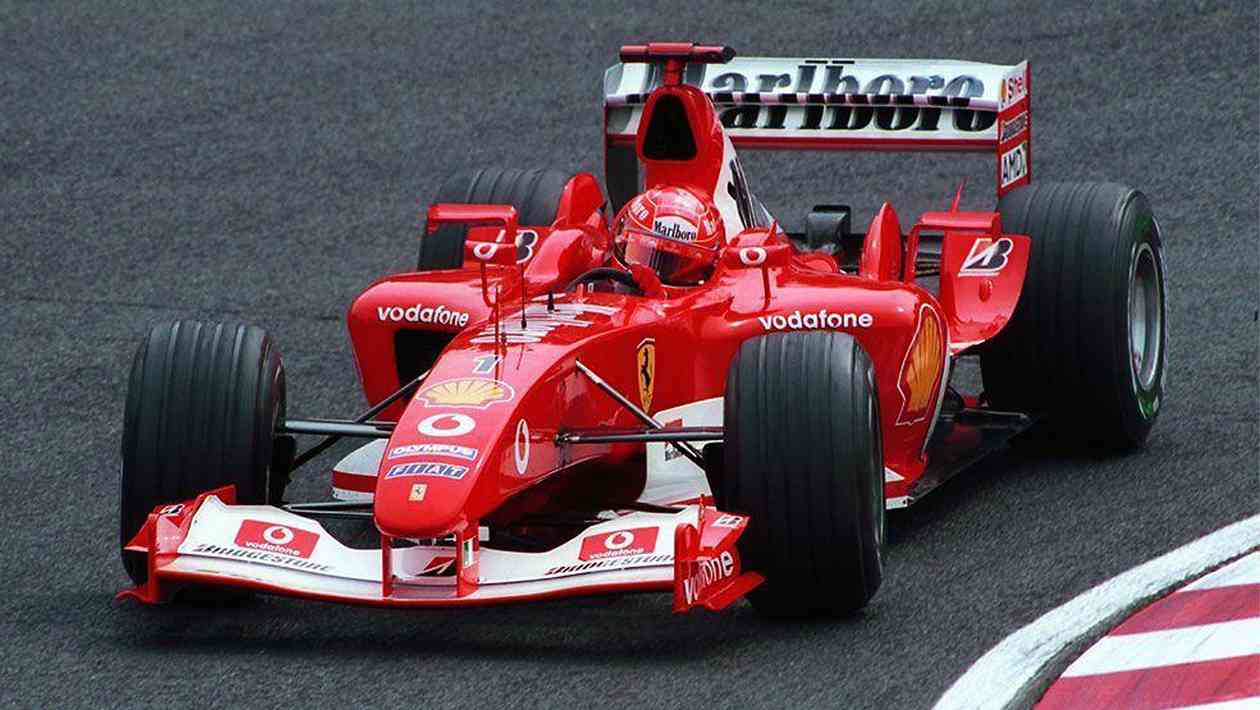
The Hybrid Era: The 2010s to Present
The current era of Formula 1 is defined by the hybrid power units, a fusion of traditional internal combustion engines and electric power. This technological marvel is not only remarkably efficient but also astonishingly powerful, producing over 1,000 horsepower. Energy recovery systems (ERS) capture and deploy energy from braking and exhaust, turning it into a competitive advantage.
Mercedes-AMG’s recent dominance has seen Lewis Hamilton match and surpass many of the sport’s records. The cars of this era are packed with energy-saving features, including kinetic and heat recovery systems, making them both eco-friendly and formidable on the track.
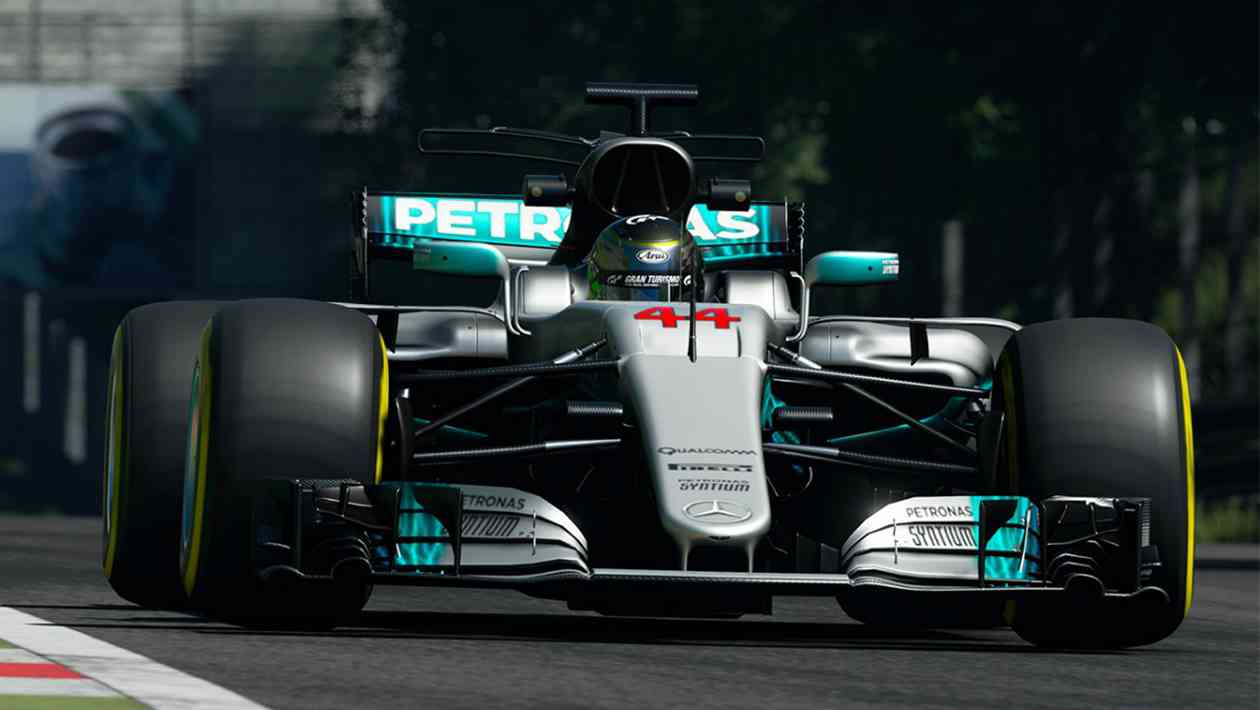
Looking Ahead: The Future of F1
As Formula 1 hurtles into the future, it faces new challenges, from sustainability and environmental concerns to the integration of autonomous technology. The sport continually pushes the boundaries of what’s possible, marrying speed with safety, tradition with innovation, and human skill with machine precision.
In the relentless pursuit of perfection, the Formula 1 car has evolved from a crude racing machine into a high-tech masterpiece. With every passing year, it redefines the limits of engineering, proving that in the world of motorsport, the road ahead is as thrilling as the one left behind. Whether you’re a die-hard fan or just a casual observer, the evolution of the F1 car is a testament to human ingenuity and our unyielding quest for speed.
Read more on

Do you have a passion for cars? Would you like to join the My Car Heaven team?
Get in touch, we'd love to hear from you.
Find out moreRelated Stories
Advertisement Advertisement
Advertisement Advertisement
Advertisement

